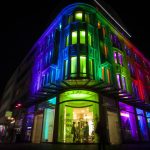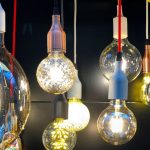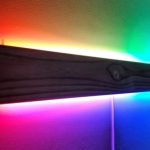Optimizing Growth: The Ideal Distance for 1000 Watt LED Lights to Maximize Plant Health
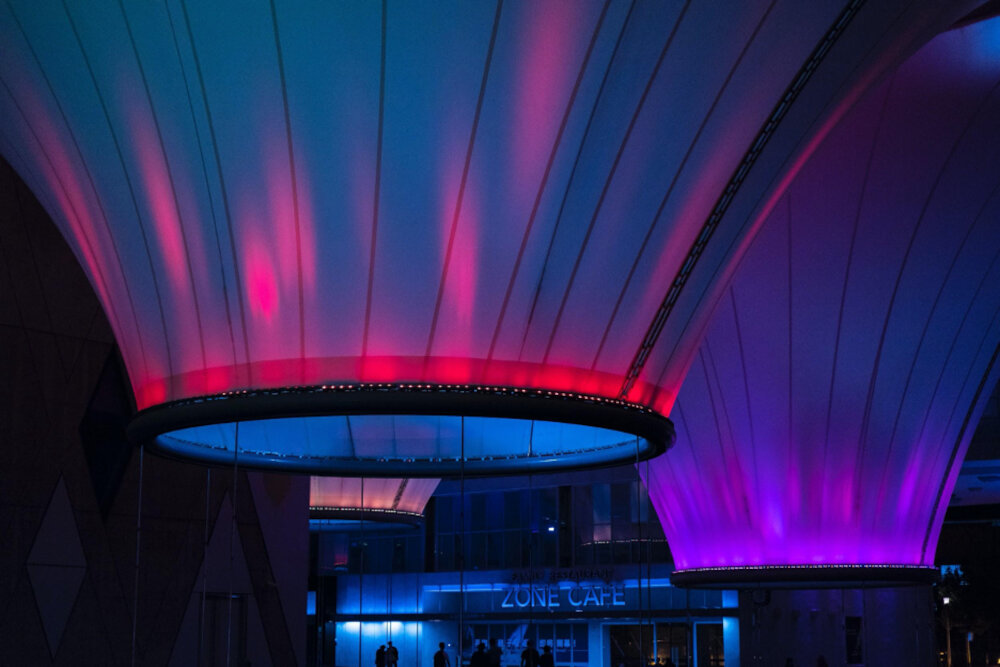
As the world’s population continues to grow, the demand for fresh produce and crops also increases. Indoor gardening and agriculture have become popular alternatives to traditional outdoor farming, offering a more sustainable and controlled method of plant cultivation. One of the key factors in indoor plant growth is the use of artificial lighting, especially 1000 Watt LED lights. However, the distance between the light and the plant can significantly impact plant health and yield. In this article, we will explore the ideal distance for 1000 Watt LED lights to optimize plant growth and health. The use of 1000 Watt LED lights has revolutionized indoor plant growth, providing energy-efficient and cost-effective lighting solutions that can simulate natural sunlight. However, it is crucial to understand the impact of light distance on plant growth to maximize the potential benefits of these lights. Many factors, such as plant type, light intensity, and light spectrum, can influence the ideal distance between the light and the plant. Therefore, it is essential to consider all these factors to ensure the optimal growth and health of plants in indoor gardening and agriculture. In the following sections, we will delve deeper into the various aspects that affect the ideal distance for 1000 Watt LED lights and how to optimize plant growth through this.
The use of LED lights in indoor plant growth has become increasingly popular due to the significant benefits they offer. LED lights are highly energy-efficient, producing very little heat compared to traditional lighting systems. They also emit a specific wavelength of light that is highly beneficial to plant growth, making them the ideal choice for indoor gardening. Furthermore, LED lights can be tailored to suit different plant species and growth stages, creating the ideal growing environment for each plant. By using LED lights, indoor gardeners can optimize growth and maximize plant health, resulting in healthier plants and better yields. Overall, the importance of using LED lights in indoor plant growth cannot be overstated, as they offer numerous advantages over traditional lighting systems.
Distance plays a crucial role in maximizing plant health and growth, especially when using 1000 Watt LED lights. The ideal distance between the plant and the light source ensures that the plant receives the right amount of light and heat required for photosynthesis. If the distance is too close, the plant can suffer from heat stress, which leads to reduced growth and overall health. Similarly, if the distance is too far, the plant may not receive enough light, leading to stunted growth and poor quality produce. Therefore, it is essential to maintain the ideal distance between the plant and the light source to optimize growth and ensure healthy plants. By doing so, growers can maximize their yields and provide consumers with high-quality produce.
What is the Ideal Distance for 1000 Watt LED Lights?
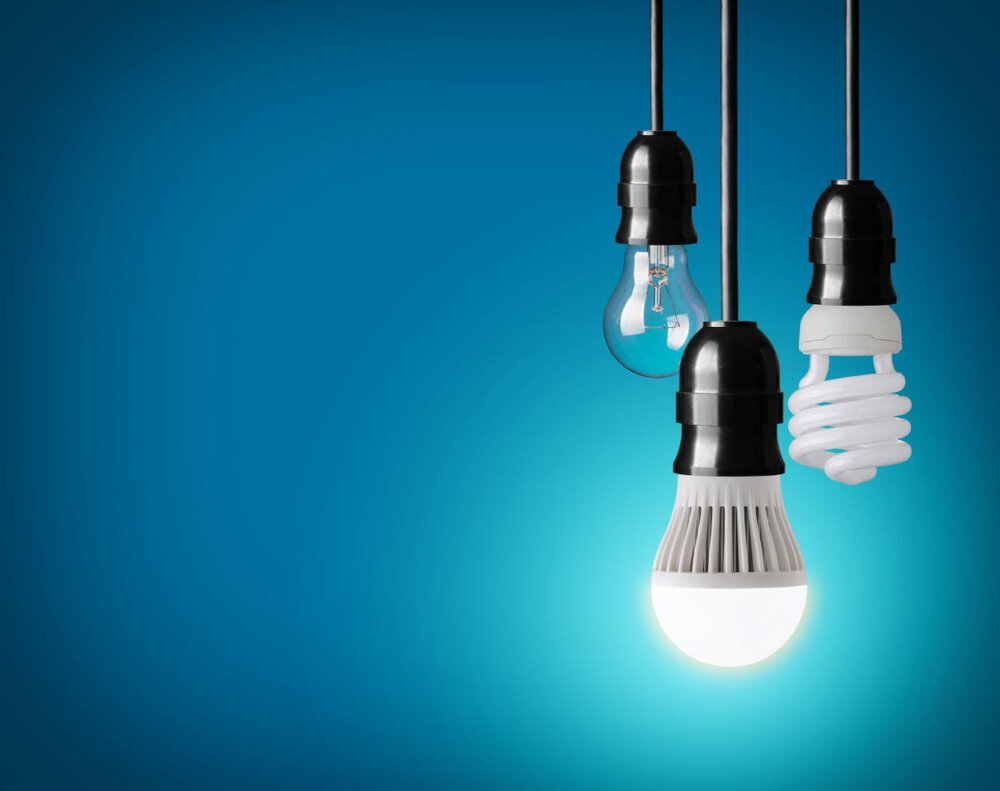
When it comes to maximizing plant health and growth using 1000 watt LED lights, the ideal distance between the lights and the plants is crucial. Most plants require a certain amount of light intensity for optimal growth, and this can only be achieved by placing the lights at the right distance. The distance between the plants and the LED lights affects the amount of light that the plants receive, and as such, it is important to get it right. The ideal distance for 1000 watt LED lights is usually between 18-24 inches, depending on the type of plant being grown. This distance ensures that the light intensity is not too strong or too weak, which can lead to stunted or damaged growth. Additionally, the ideal distance for 1000 watt LED lights also depends on the growth stage of the plants. During the vegetative stage, when the plants are growing leaves and stems, the lights should be placed closer to the plants, usually around 18 inches. This ensures that the plants receive enough light to promote healthy growth. During the flowering stage, when the plants are producing buds, the lights should be placed slightly further away, usually around 24 inches. This is because too much light during this stage can cause the buds to burn and reduce the quality of the harvest. In conclusion, finding the ideal distance for 1000 watt LED lights is essential for maximizing plant health and growth, and it is important to consider the type of plant and growth stage when setting the distance.
The ideal distance for 1000 watt LED lights to maximize plant health is affected by several factors. One of the most important factors is the type of plant being grown. Different plants require different amounts of light, and some may need to be placed closer or further away from the light source than others. Another factor is the intensity of the light, which can be affected by the wattage and the quality of the LED lights. The ambient temperature and humidity levels in the growing area can also impact the ideal distance, as well as the size and shape of the grow space. Finally, the growth stage of the plants can affect the distance, as younger plants may require less intense light and be placed further away, while mature plants may need more intense light and be placed closer. Understanding these factors and finding the ideal distance for 1000 watt LED lights can help maximize plant growth and health.
Wattage and light intensity are critical factors in determining the ideal distance for 1000 watt LED lights to maximize plant health. Wattage refers to the amount of power consumed by the LED light, while light intensity measures the brightness of the light produced. The ideal distance for LED lights is determined by the wattage and light intensity, as these factors directly impact the amount of light that plants receive. Plants require a specific amount of light to grow, and insufficient or excessive light can lead to stunted growth or damage to the plant. Therefore, it is crucial to consider both wattage and light intensity when determining the ideal distance for LED lights to ensure optimal plant health and growth.
In order to optimize plant growth and maximize their health, it is important to consider the recommended distances for different types of plants when using 1000 Watt LED lights. These distances may vary depending on the species of plant, as well as the intensity of light required for healthy growth. A table or chart can be a helpful tool to reference when determining the ideal distance between the LED lights and the plants. By following these guidelines, gardeners and growers can ensure that their plants receive the appropriate amount of light and are able to thrive in their environment.
How Does Distance Affect Plant Health and Growth?
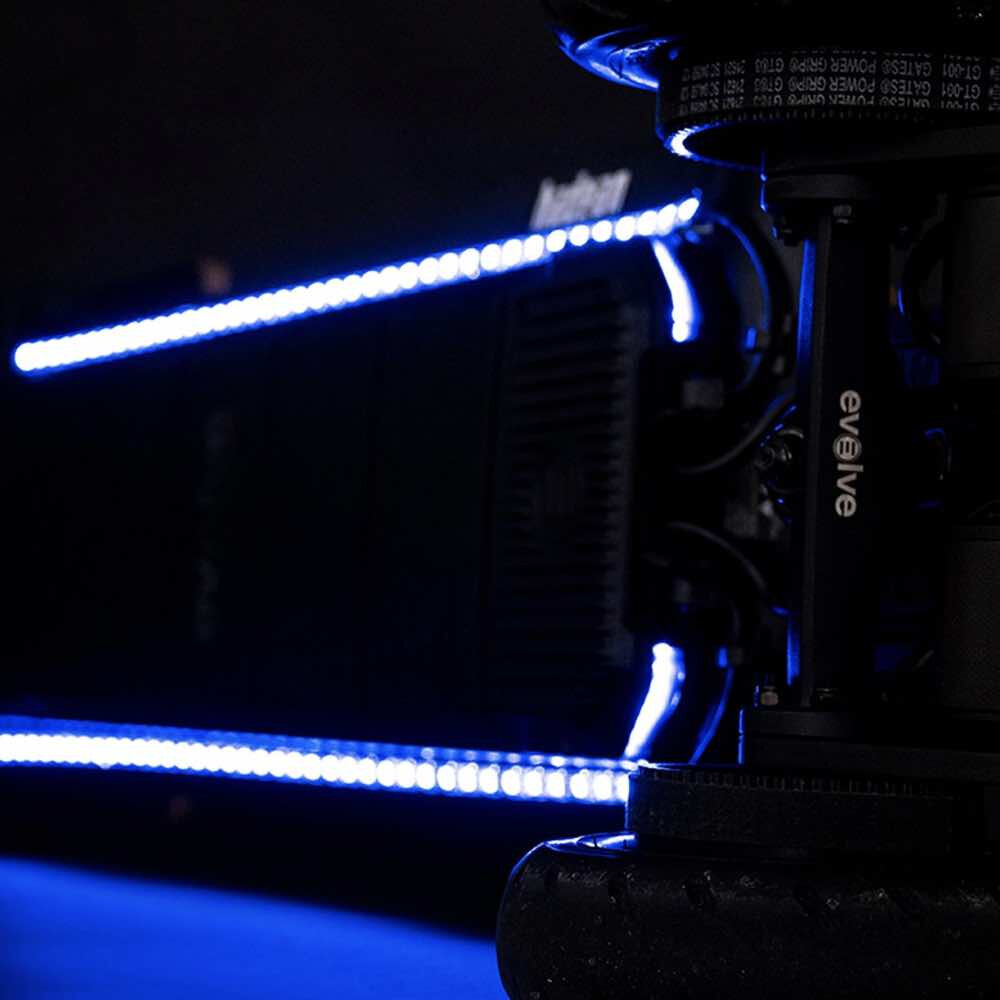
Distance plays a critical role in the growth and health of plants as it determines the amount of light they receive. The intensity and duration of light exposure have a direct impact on the photosynthesis process that is vital for plant growth. When the distance between plants and light source is too close, it can lead to excessive light exposure, which can damage the leaves and reduce growth. On the other hand, when the distance is too far, the plants receive insufficient light, thus reducing their growth and development. Therefore, it is essential to find the optimal distance to maximize plant health and growth. The distance at which plants should be placed from the light source varies depending on the type of plant, the intensity of the light, and the stage of growth. For example, during the vegetative stage, plants require more blue and green light, while during the flowering stage, they require more red and orange light. Therefore, the distance between the plants and the light source should be adjusted accordingly to optimize the light spectrum and intensity for the specific stage of growth. By finding the ideal distance, growers can ensure that their plants receive the right amount of light, leading to better growth, higher yield, and healthier plants.
Distance can have a significant impact on plant growth and development. Plants require a certain amount of light to undergo photosynthesis and produce energy, but too much or too little light can hinder their growth. When light sources are too close to plants, they can cause heat stress and leaf burn, which can damage or kill the plant. Conversely, when light sources are too far away, plants may not receive enough light to grow and develop properly. Proper distance between plants and light sources is critical for maximizing plant health and yield. By optimizing the distance between plants and 1000 watt LED lights, growers can ensure that their plants receive the optimal amount of light for growth and development.
Light saturation is a critical factor that affects photosynthesis rate. It refers to the point where the photosynthetic process reaches its maximum capacity, and any additional increase in light intensity does not improve the process. In other words, beyond a certain threshold, the plant’s photosynthetic system cannot absorb more photons, and the excess light energy is dissipated as heat. This phenomenon can harm the plant’s health and even lead to photoinhibition, where the excessive light energy damages the plant’s photosynthetic machinery. Therefore, it is crucial to understand the ideal distance and intensity of light required for optimal plant growth and photosynthesis.
Improper distances between plants and light sources can have a significant impact on plant health and growth. If the distance between a 1000 watt LED light and a plant is too close, it can result in stunted growth and even damage to the plant’s leaves. On the other hand, if the distance is too far, the plant may not receive adequate light, leading to slow growth and poor yields. Additionally, improper distances can cause temperature fluctuations, which can also negatively impact plant health. These issues can be mitigated by finding the ideal distance for 1000 watt LED lights to maximize plant health, which can vary depending on the specific plant species and growth stage.
How to Measure and Adjust Distance for Optimal Results
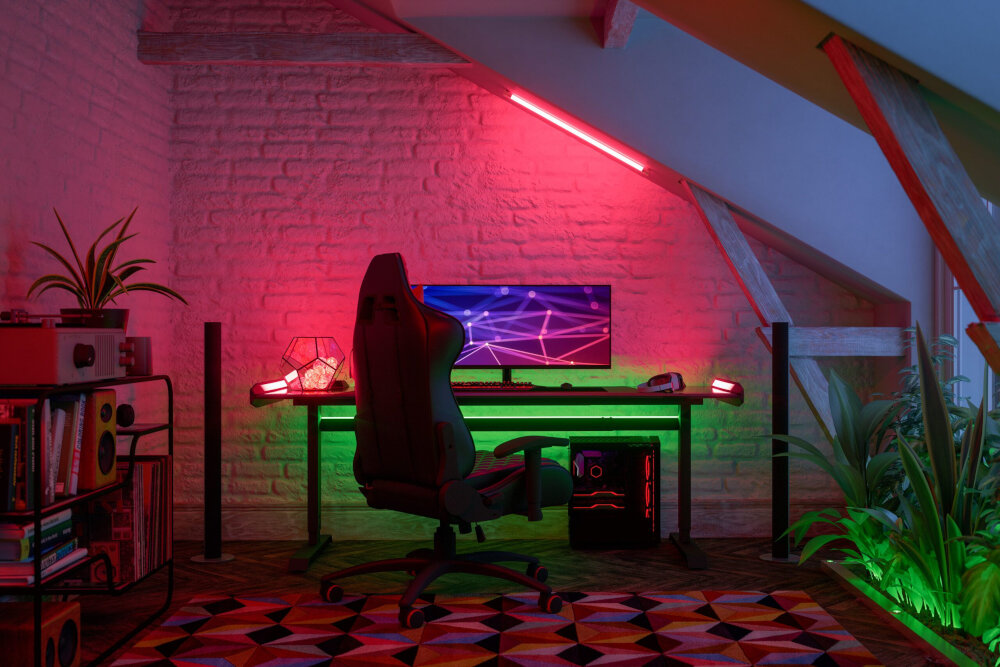
Measuring and adjusting the distance between your plants and your 1000 watt LED lights is crucial for optimal growth and plant health. The distance between the light source and the plants affects the intensity of light and the amount of heat that is generated. When the distance is too close, plants may experience light burn, which can cause damage to the leaves and even reduce yields. On the other hand, when the distance is too far, plants may not receive enough light and may experience stunted growth. Therefore, finding the ideal distance is key to achieving maximum growth and plant health. To measure the distance between your plants and the lights, you can use a light meter or simply hold your hand at the height of the canopy and adjust the distance until the heat is comfortable to the touch. The ideal distance will depend on the stage of growth, the type of plant, and the intensity of the light. In general, seedlings and clones should be placed closer to the light source, while mature plants can be placed further away. It’s important to keep in mind that as plants grow, they will require more space between them and the light source to prevent light burn. By regularly measuring and adjusting the distance between your plants and your 1000 watt LED lights, you can ensure that your plants receive the optimal amount of light and heat for healthy growth and maximum yields.
Measuring the distance between plants and LED lights is essential to ensure optimal growth and maximize plant health. There are several tools and methods available for this purpose, including lux meters, PAR meters, and spectrometers. Lux meters measure the amount of visible light reaching a surface, while PAR meters measure the amount of photosynthetically active radiation (PAR) available for plant growth. Spectrometers, on the other hand, provide detailed information on the spectrum of light emitted by LED lights. By using these tools and methods, growers can determine the ideal distance between plants and LED lights, which varies depending on factors such as the type of plant, the stage of growth, and the intensity of the LED lights. Ultimately, optimizing the distance between plants and LED lights can result in healthier, more productive plants and higher yields.
To optimize plant growth and development, adjusting the distance between the 1000 watt LED lights and the plants is crucial. As plants grow taller, the distance between the light and the canopy should be increased to avoid burning the leaves. It is recommended to maintain a distance of around 18 to 24 inches during the vegetative stage and 12 to 18 inches during the flowering stage. However, this distance may vary based on the specific needs of different plant species. It is also important to regularly monitor the plants’ health and adjust the distance accordingly to ensure optimal growth and yield. By following these tips, growers can maximize the benefits of their LED lights and promote healthy plant growth.
Monitoring and adjusting distance regularly is crucial when it comes to optimizing plant growth with 1000 Watt LED lights. The distance between the plants and the lights has a significant impact on the intensity and distribution of light received by the plants. If the distance is too close, the plants may experience heat stress, leaf burn, and stunted growth. On the other hand, if the distance is too far, the plants may not receive enough light, which can lead to weak stems, small leaves, and poor fruit development. Therefore, it is essential to regularly monitor and adjust the distance between the plants and the lights to ensure that they receive the right amount of light for optimal growth and health. This can be achieved by using a light meter, measuring the temperature around the plants, and observing the plant’s response to the light. By doing so, growers can maximize their yields, increase the quality of their crops, and save on energy costs.
The article discusses the optimal distance for 1000 watt LED lights to maximize plant health and growth. The author suggests that light intensity is a critical factor in plant growth, and optimizing the distance between the plant and the light source is key to achieving maximum growth potential. The ideal distance depends on the type and stage of the plant, as well as the wattage of the LED light. The author recommends using a PAR meter to measure the light intensity and adjusting the distance accordingly. Additionally, the article emphasizes the importance of providing adequate airflow and ventilation to prevent heat stress and promote healthy growth. Overall, optimizing the distance between the plant and the LED light can significantly improve plant health and yield.
Finding the ideal distance for 1000 watt LED lights is crucial to ensure the optimal growth and health of plants. This is because the distance of the lights from the plants affects the intensity and quality of light received by the plants. Too close of a distance can cause heat stress and damage the leaves, while too far of a distance can result in insufficient light for photosynthesis. When the right distance is achieved, the plants receive the perfect amount of light for growth and development, resulting in higher yields and overall healthier plants. Therefore, it is important to take the time to find the ideal distance for 1000 watt LED lights to maximize plant health and growth.
As we all know, the distance of LED lights from plants is a key factor in determining their growth and overall health. While there are recommended distances for certain plants, it’s important to remember that each plant is unique and may require different conditions to thrive. Therefore, I highly encourage readers to experiment with different distances to find what works best for their specific plants. By doing so, you’ll be able to optimize growth and ensure that your plants are receiving the ideal amount of light to promote their health and vitality. Don’t be afraid to try different distances and see what works best for your plants – the benefits of doing so are well worth the effort!
Conclusion

In conclusion, optimizing plant growth through the use of 1000 watt LED lights requires finding the ideal distance to maximize plant health. Careful experimentation and observation must be done to determine the best distance, as different plant species and environmental factors can affect the results. However, with proper attention to detail and a commitment to finding the perfect balance, growers can achieve exceptional yields and healthy plants. By using the right distance for their 1000 watt LED lights, growers can achieve optimal growth and maximize the potential of their plants, leading to a more successful and profitable harvest.

